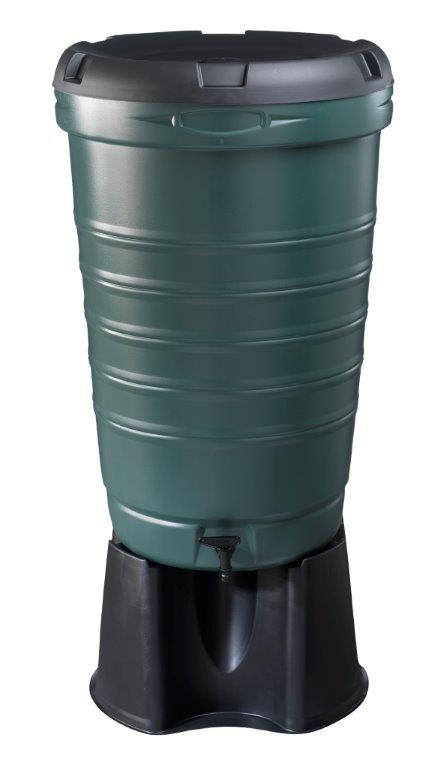Gardeners Corner
November
Colder weather triggers the colour change of leaves and then they fall, with autumn winds speeding up the defoliation. Mornings are often misty and spider webs are strung with dew that sparkles in the sunshine. Skies range from blue to darkest grey and the cooling temperatures increase the chance of frosts. It’s time to prepare for the cold and the wind. There is still colour to enjoy though. Marigolds and Cosmos are holding the line and Chrysanthemums are beginning to bloom – they all offer a welcome splash of colour as the nights draw in.
Defend against the storms
Wind rock is damage to plants caused by strong winds. Plants with shallow roots, newly planted shrubs and anything that has become top-heavy is susceptible. You can prune to prevent. Cut roses back to an outward facing bud, buddleia can get really tall so reduce by half if necessary, lightly prune dogwood (you still want them to show off their colourful winter stems) and lavatera can be shortened where it has become lanky.
Ensure newly planted or young trees are suitably staked to keep them stable and upright in the face of strong winds.
Prepare for wet and cold
If you have containers, raise them up on pot feet (or an improvised alternative) to prevent waterlogging. We tend to worry about plants drying out in the hot weather, but often don’t consider that too much water can be more deadly to plants!
Think about investing in a water butt if you don’t already have one. A range of great value butts is available to East Sussex residents from Get Composting, see: https://getcomposting.com/. You can then store free rainwater for use in drier times and to use on your houseplants as they will enjoy it much more than tap water.
Organise some colour
Now is the time to put in tulip bulbs for spring displays. Plant them around 13cm (5”) deep and you can choose different varieties to give a succession of blooms. If you are planting in pots try layering them with the earliest flowering ones at 6” and later ones at 4”. Water them in but then they shouldn’t need watering again through the winter.
It's also time to put in bedding plants for winter colour. Pansies, violas, cyclamen and primroses will all brighten up the garden at a time when many of us need a boost.
Tidy up, but not too much
As you are raking up fallen leaves and storm-blown twigs, don’t feel bad if you don’t get them all. In fact, try to leave an area with some ground cover of leaves, twigs and even logs if you have them. This will provide a home for valuable invertebrates over the winter. This will boost biodiversity in your garden helping to keep a healthy balance between different species – which translates in part as ‘more critters to eat the slugs!’
Look out for hedgehogs
Hedgehogs ar e vulnerable to extinction and so need all the help they can get. If you have them in your garden you are very lucky to benefit from such a delightful source of slug control. Mounds of leaves can provide a cosy hideaway for them over the winter, so great care should be taken if you are having a bonfire at this time of year to prevent them being injured or killed. Try not to build bonfires in advance, but if you can’t avoid it always check for hedgehogs before lighting by gently lifting the material in sections. Don’t use a spade or fork because this could injure anything taking shelter within. If you do find a hedgehog you can carefully relocate it, see www.britishhedgehogs.org.uk for advice from the British Hedgehog Preservation Society on how to do this.
e vulnerable to extinction and so need all the help they can get. If you have them in your garden you are very lucky to benefit from such a delightful source of slug control. Mounds of leaves can provide a cosy hideaway for them over the winter, so great care should be taken if you are having a bonfire at this time of year to prevent them being injured or killed. Try not to build bonfires in advance, but if you can’t avoid it always check for hedgehogs before lighting by gently lifting the material in sections. Don’t use a spade or fork because this could injure anything taking shelter within. If you do find a hedgehog you can carefully relocate it, see www.britishhedgehogs.org.uk for advice from the British Hedgehog Preservation Society on how to do this.
Want the garden waste collection service?
Wealden’s Garden Waste Service enables residents to subscribe to have up to four garden waste bins emptied on a fortnightly basis. The new subscription year has already started but you can still sign up by visiting www.wealden.gov.uk/gardenwaste. If you have already subscribed but want an extra bin please call us on 01323 443322. Happy gardening!
